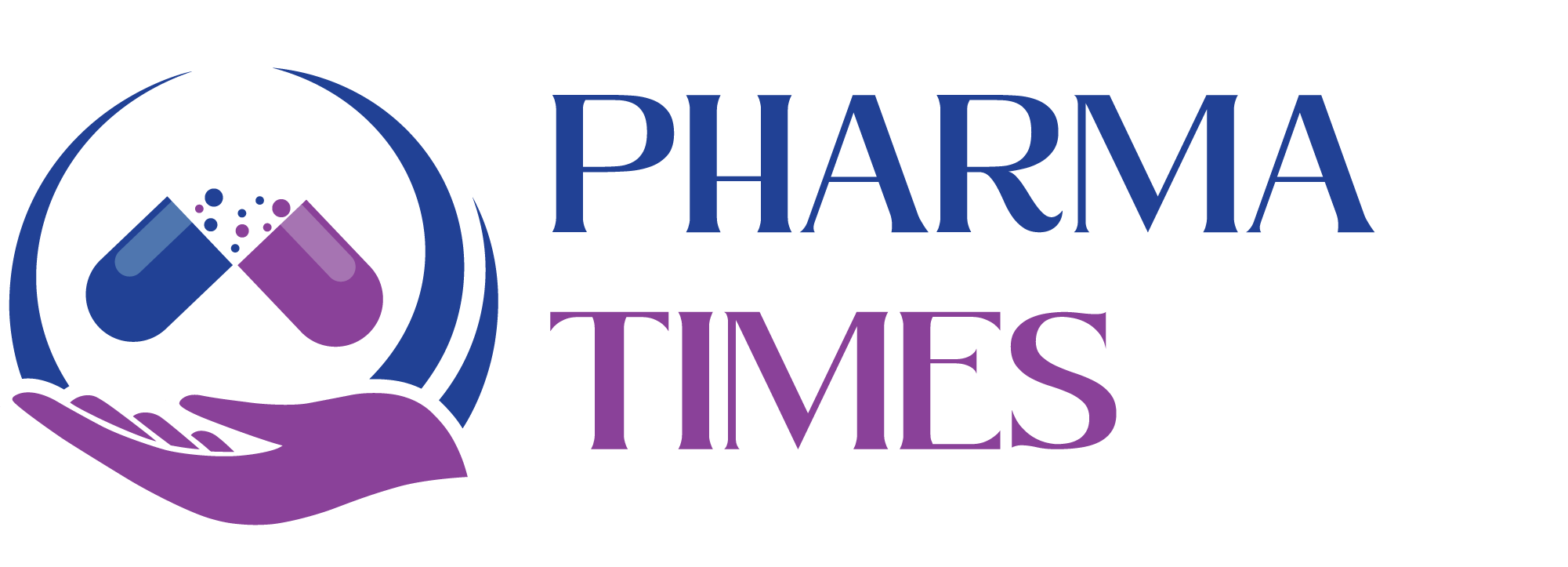How Tablets are Made: An Overview of the Manufacturing Process.

Tablet Manufacturing Process: An Overview
The tablet manufacturing process is a complex and precise procedure that transforms raw materials into the final pharmaceutical or nutraceutical product. The process involves several key stages, each critical to ensuring the tablet’s quality, efficacy, and safety. Below is a detailed breakdown of these stages:
1. Formulation Development
-
Objective: To determine the ingredients and the proportions of active pharmaceutical ingredients (APIs) and excipients (inactive ingredients).
-
Steps Involved:
-
Selection of the API and excipients based on their properties (e.g., solubility, stability).
-
Formulation scientists work to ensure the drug’s bioavailability and stability.
-
Choice of excipients like binders, fillers, disintegrants, lubricants, and colorants to aid in the tablet’s desired effect.
-
2. Weighing and Mixing
-
Objective: To ensure uniformity and consistency in the formulation.
-
Steps Involved:
-
The raw materials, including the API and excipients, are weighed precisely.
-
Ingredients are then mixed together in specific equipment like high-shear mixers or ribbon blenders. This ensures that the powder mixture is homogeneous and ready for compression.
-
3. Granulation
-
Objective: To transform the powdered ingredients into a more manageable form for tablet compression.
-
Steps Involved:
-
Wet Granulation: A liquid binder is added to the powder mixture to form wet granules, which are then dried to reduce moisture content.
-
Dry Granulation: For sensitive ingredients, dry granulation can be used. This involves compacting the powder into larger pieces that can be broken down into granules without the need for a liquid binder.
-
The granulation process enhances flowability, reduces segregation, and improves compressibility.
-
4. Drying
-
Objective: To remove excess moisture from the granules to avoid degradation or mold growth.
-
Steps Involved:
-
After granulation, the wet granules are dried in fluidized bed dryers or tray dryers.
-
The goal is to reduce moisture content to an optimal level, as too much moisture can affect the tablet’s stability, and too little can cause poor granulation.
-
5. Milling
-
Objective: To ensure that the granules are of the correct size for uniform compression.
-
Steps Involved:
-
Once dried, the granules are passed through a mill to break them into smaller, uniform particles.
-
This step is crucial for consistency and uniformity in the final tablet size and weight.
-
6. Compression
-
Objective: To form the tablets into their final shape and size.
-
Steps Involved:
-
The prepared granules are fed into a tablet press, where they are compressed into the desired tablet form (e.g., round, oval, or shaped).
-
Tablets are subjected to high pressure to ensure they hold together while maintaining the correct dissolution properties.
-
7. Coating (Optional)
-
Objective: To improve tablet appearance, protect the contents, and control drug release.
-
Steps Involved:
-
Film Coating: Tablets are coated with a thin polymer layer that can control the release of the active ingredient or make the tablet easier to swallow.
-
Sugar Coating: In some cases, sugar coatings are applied for aesthetic reasons and to mask the taste of the API.
-
Coating also provides protection against light, air, or moisture, thereby enhancing the tablet’s shelf life.
-
8. Quality Control and Testing
-
Objective: To ensure that the tablets meet predefined quality standards.
-
Steps Involved:
-
Physical Tests: These include hardness, friability (resistance to breaking), weight variation, and disintegration time.
-
Chemical Tests: Tests like content uniformity, dissolution, and stability are performed to ensure the tablet contains the correct amount of the API and that it dissolves at the appropriate rate.
-
Microbiological Tests: In some cases, sterility and microbial testing are necessary to ensure the product is free from harmful microorganisms.
-
9. Packaging
-
Objective: To protect the tablets and ensure their safety and stability until they reach the consumer.
-
Steps Involved:
-
After passing quality control checks, the tablets are packed into blister packs, bottles, or other containers.
-
The packaging protects the tablets from environmental factors like moisture, air, and light.
-
Packaging may also include labeling with dosage instructions, batch numbers, and expiration dates.
-
10. Storage and Distribution
-
Objective: To ensure the tablets are stored and transported under conditions that maintain their quality.
-
Steps Involved:
-
Tablets are stored in a controlled environment, usually a cool, dry place, to prevent degradation.
-
Distribution networks then deliver the tablets to pharmacies, hospitals, or direct to consumers.
-
Key Considerations in Tablet Manufacturing
-
Raw Material Quality: The quality of raw materials significantly affects the final product. Active ingredients and excipients must meet stringent specifications to ensure uniformity and quality.
-
Regulatory Compliance: The tablet manufacturing process is highly regulated to ensure safety, efficacy, and quality. Manufacturers must adhere to Good Manufacturing Practices (GMP) set by regulatory agencies such as the FDA.
-
Automation and Technology: Modern tablet manufacturing uses advanced machinery and automation for consistency, precision, and efficiency, reducing human error and improving productivity.
🎓 Discover one of the best Pharmaceutical Production courses available — click below to explore the course that’s shaping future Production skills.

